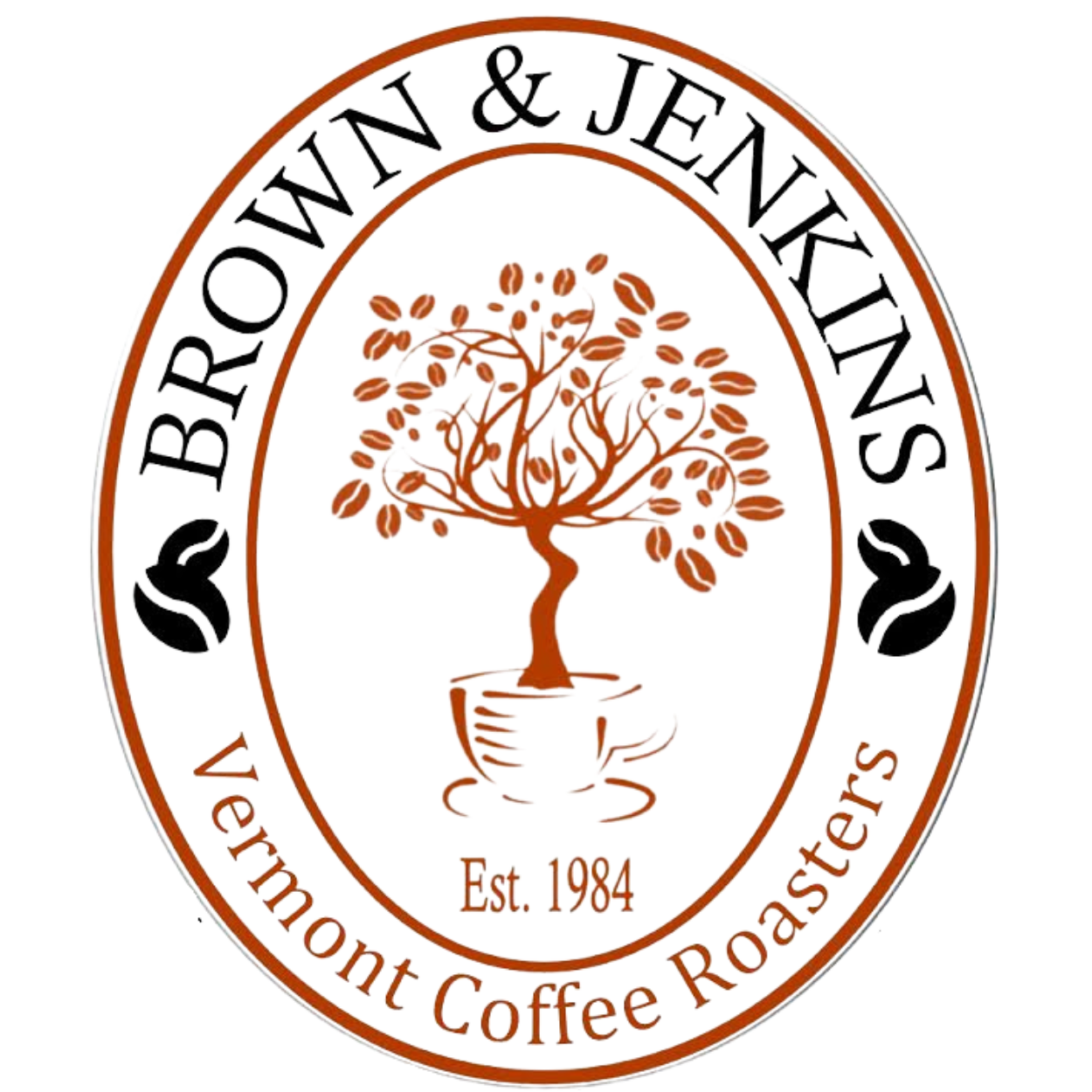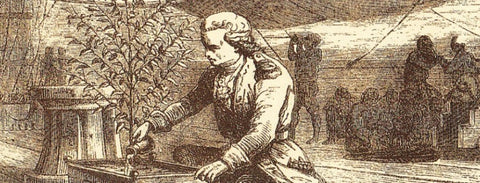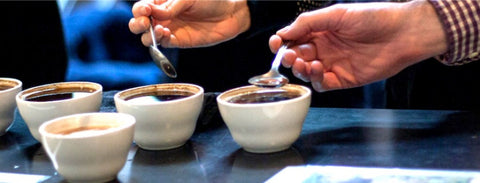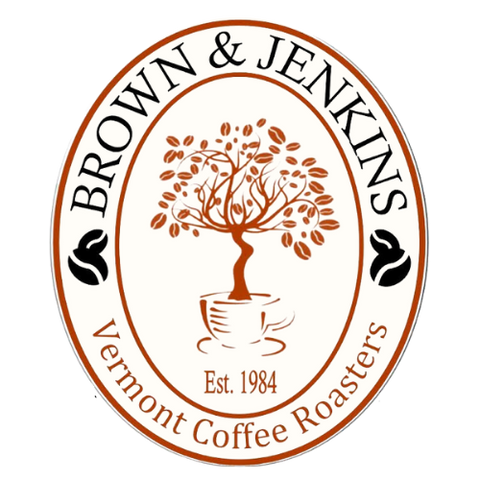The paper coffee cup is part of our daily lives, and while we are increasingly conscious of the environment, and you may even rinse out your morning cup and put it in the recycling bin, we rarely contemplate one pressing question: Who invented the paper cup?
Our ancestors found all manners of drinking vessels right around them in nature, whether it be cupped hands or a nicely rounded leaf; a coconut shell or hollowed out skull. But it is quite a leap from that to a paper cup, isn’t it?
We’ve all seen the iconic portrayal of Vikings cheering each other on before a pillaging campaign, mead-filled horns in hand. And it is interesting to note that we began making specific drinking vessels around the same time as we began to create our own beverages.
The Romans developed the art of glass making beginning sometime around the 3rd century CE. Drinking vessels did not change remarkably for several centuries, that is until 16th century Europeans took an interest in reviving and expanding Rome’s glass-making techniques. By then voyages to and from the Americas were increasing and with them the need for drinking vessels that could sustain the hardships of travel and rough daily use. Tin cups were the answer, and a sort of precursor to the travel mug.
Following the American Civil War (1861 – 1865), efforts to encourage alternatives to beer and liquor led to the development of public “temperance wagons.” These were loaded with water fountains and traveled from bar to bar passing around a shared cup. The expression “falling off the wagon” comes from this practice.
Boston attorney and inventor Lawrence Luellen perceived this communal cup as an obvious health hazard. In 1907, he invented the first paper cup. He named it, “the Health Kup,” subsequently better known as the “Dixie Cup.” It would likely help save many lives just a few years later.
1918. The Spanish flu. The epidemic killed nearly 100 million people worldwide. In the US, over half a million people succumbed to the devastating disease. Medical researchers were well aware of the dynamics of germs by then. The Health Kup probably had a far greater impact than anyone ever took the time to measure in preventing the spreading of the virus to even more catastrophic levels. Thus, it is not merely convenience that led to the success of the paper cup.
By 1964, the paper cup was here to stay. The development of suburbs, convenience stores and work commutes would make sure of that. The famous convenience store chain 7-Eleven was the first to offer coffee-to-go, thanks to the paper cup. A tearable lid was patented and added in 1967. Interestingly, it was initially meant for people who walked with their morning java.
If you are curious about why it was called the “Spanish Flu,” History.com published an excellent article to answer this very question.





Comments (0)
There are no comments for this article. Be the first one to leave a message!